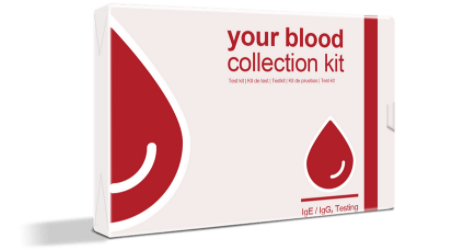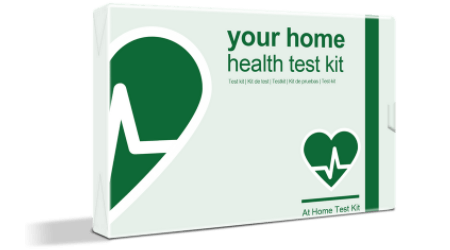So, you’ve decided that you need to look at getting a food sensitivity test done. Congratulations! This is an excellent first step to being able to enjoy a better overall quality of life and, of course, a better relationship with food. Now the thing you have to decide is where to test for food sensitivity. There are a couple of options available to you, so let’s take a look!
Location options for food sensitivity testing
• From home: When you work with the newest and best technologies, you’ll be able to do it entirely from home. A kit may be sent to you, or you may be given a print-out to work from. You’ll then follow its sampling instructions and mail it back. The results and a helpful guide are then emailed directly to you in a matter of days. For those that want convenience and comfort, there’s no better way to do the test than from at home.
• A dietician’s office: If food sensitivity testing is something that you want to try from a more daily perspective, a dietician is going to be able to offer you plenty of advice and support as you consider an elimination diet and start documenting your food sensitivities as they appear. This is a great holistic approach if you’re more interested in skipping a traditional test entirely.
• In a specialized clinic: There are specialist clinics that you can choose —mostly centred around food allergies and testing — that will be able to offer you a clinic-based test if you prefer it that way. These often vary in their physical location and a waiting list but can be considered if you’d prefer a monitored test.
Benefits of at-home testing
The most convenient option for food sensitivity testing is going to be the idea of doing it from home. Sure, the idea of working with a dietician or a clinic is great when you feel the need for the support, but at-home testing is a great option to consider as well. Here’s why:
• It’s a one-stop experience: This doesn’t require regular trips to specific locations. The entire thing is brought to you and then sent back. This is particularly helpful when you have a busy schedule, or you aren’t free to go into a clinic during regular hours.
• Relying on tried and tested techniques: The science behind food sensitivity testing has been refined and modernized many times. These techniques will be made available to you through at-home testing, where they might not have been adopted by other locations.
• It’s cost-effective: A dietician and a specialized clinic will often be more expensive than an at-home test. An at-home test is also going to be a one-time charge rather than recurring charges or added fees after the fact.
How and where you choose to get a test for your food sensitivity is a big decision, but this will help you make sure that you are considering the right options to give you the best results. The decision of what you choose to be right is a personal one!


